A Brief History: Cocoa and Chocolate
The creamy, luxuriant, dark brown sweet of pure bliss – chocolate is the enticing candy with an irresistible taste of heaven and the Gods. Yet, little do we know, chocolate has had its tie to Gods since its origins in the New World. The story began in Mesoamerica where the cacao tree, termed Theobroma cocoa or “the food of the Gods”, flourished among the Mayan and Aztec civilizations way before the arrival of European colonizers (Coe and Coe, 1996). The cocoa beans were adopted in every aspect of life – beyond food, they were medicine; an offering in religious, marriage, and burial rituals; and money. The social, religious, and economic significance of cocoa was markedly noted by European ethnographers like Bernardino de Sahagun, and with the arrival of Columbus along with other colonizers, cocoa was brought to Europe. Using sugar, Europe transformed cocoa into chocolate, as the delicacy we know today, which quickly became a widely desired, palatable treat for the rich and poor alike. Not long after, chocolate was mass produced by chocolate manufacturers, and consequently, the chocolate empire took root.
Underneath the Veil
Hidden beneath the veil of sweetness, however, the history of chocolate reveals a much more bitter reality weaved with violence. To satisfy the insatiable demand in the chocolate market, chocolate manufacturers turned to an incredibly exploitative system of obtaining their raw ingredient, cocoa. Chocolate, like many other imperial commodities, was the refined product of slavery and forced labor on plantation farms, and the consequences of this system can be felt up to today in the global racial, economic, and social landscapes.
The Atlantic Slave Trade
What fed into the imperial market and its strong economic interests was none other than the trans-Atlantic slave trade that uprooted millions of African people to the Americas, the Caribbean, and Europe [figure 1]. An internal system of slavery persisted in Central and West Africa before the European exploitation, and this indigenous slavery provided fuel for the rise of this global slave trade (Rodney, 1966). The local slave trade was initially recorded and taken of interest by Portuguese chroniclers, who, in the 16th century, were the first to engage in the trade trans-Atlantic (Rodney, 1966). Other Europeans soon followed, and the slave trade bloomed into what supported colossal economies of commodities like sugar, coffee, tobacco, cotton, and of course, cocoa. By the 19th century, various countries passed laws to ban the importation of slaves, including Britain, the United States, Spain, France and Portugal, but at that point, demands soared, and cocoa’s market had become wholly dependent on the slave trade for mass production. Here, we saw a surge of illegal slave trading under the pretense of contract labor.
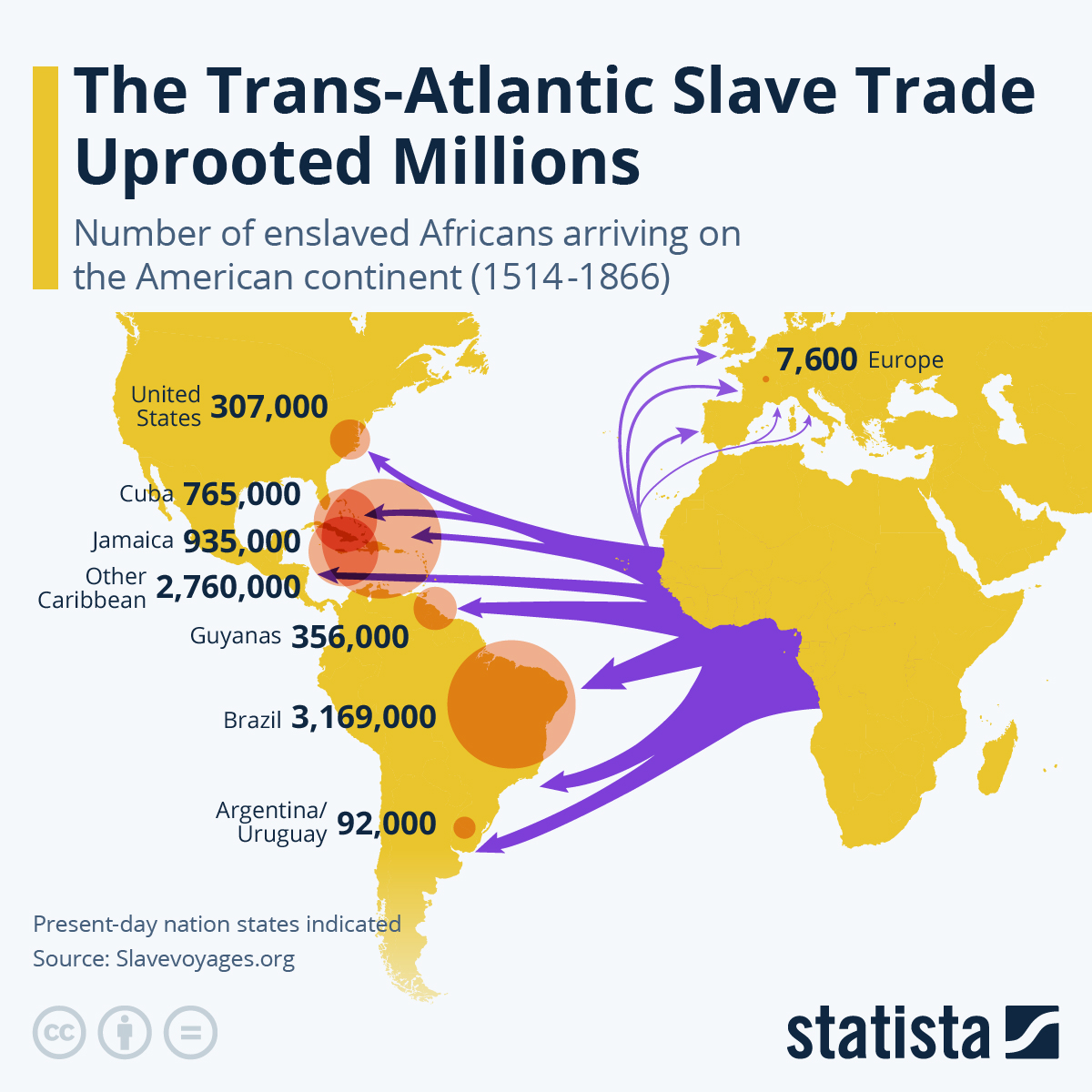
The Chocolate Islands – Cadbury’s Cocoa Scandal:
The persistence of slave labor despite efforts to end it unfolded in the Cadbury cocoa scandal of the 1900s. Cadbury Bros, the British Quaker-owned chocolate company, dominated the market at the time and came under criticism when despite warnings of labor conditions and potential use of slaves, they continued to purchase cocoa produced by the plantations of the island of Sao Tome, a Portuguese colony (Satre, 2005). Notably, Henry W. Nevinson, a journalist who documented his encounters with slavery in Portuguese West Africa in his later published book, “A Modern Slavery” [figure 2], marked that the dynamics of the labor market were as reported – laws passed to ban slavery were worthless, commercial interests begged to be satisfied, and by signing a paper, the slave was a “free” worker and everyone was happy. His report brought into light injustices against native Africans disguised in the legal pretense of contract labor. Disregarding Nevinson and other accounts of anti-slavery campaigners, Cadbury chose to make their own investigations into labor conditions of Sao Tome. Yet, even when these confirmed conditions on par with slavery on the cocoa plantations, Cadbury continued to be a major consumer of the cocoa product from Sao Tome, simply choosing to lobby the Portuguese government to more strictly implement their labor contract laws (Satre, 2005). While Cadbury did make some effort against the use of slavery, they undoubtedly fell short of their Quaker moral and ethical principles of justice and fair trade. The key issue in the persistence of slavery is highlighted here – commercial interests for profit constrain moral action from truly taking root.

Modern Slavery, Child Laborers, Implications
This also comes to explain the reality we see today in “modern slavery”. At the turn of the 21st century, widespread media reports uncovered child slavery on cocoa plantations in Cote d’ Ivoire, one of the major exporters of cocoa to the world market (Manzo, 2005). An estimated 15,000 children workers were found to be working as slaves on the 600,000 cocoa farms in Cote d’ Ivoire and were subjected to inhumane conditions and extreme abuse (Chanthavong, 2002). The existence of a form of labor practically parallel to old slavery in modern times implicates many contributors in play, intentional and non-intentional. Whether it be the cocoa farmers, the slave traffickers, the Ivorian government, the chocolate manufacturers, or us the consumers who buy chocolate at a supermarket, all are relevant to the existence of slave labor and the sufferings it incites. Perhaps the wake of a ravenous market like cocoa and chocolate inevitably demands cheap labor that spirals into exploitative systems of forced labor driven by greed and convenience, but we all have the responsibility to challenge the inevitable. We can begin to ask the next time we stand in the sweets aisle for a Hershey bar, are we playing into the cycle of perpetuating labor abuses? What can we do in our power to mitigate these abuses?

Works Cited
Chanthavong, Samlanchith (2002). Chocolate and Slavery: Child Labor in Cote d’Ivoire. TED Case Studies, Number 664.
COE, SOPHIE DOBZHANSKY (1933-1995)|COE, MICHAEL D. (b. 1929). (1996). The True History Of Chocolate. London: Thames and Hudson Ltd.
Manzo, K. (2005). Modern slavery, global capitalism & deproletarianisation in West Africa. Review of African Political Economy, 32(106), 521–534. doi: 10.1080/03056240500467013
Rodney, W. (1966). African Slavery and other Forms of Social Oppression on the Upper Guinea Coast in the Context of the Atlantic Slave-Trade. The Journal of African History, 7(3), 431–443. doi: 10.1017/s0021853700006514
Satre, L. J. (2006). Chocolate on trial: slavery, politics, and the ethics of business. Athens, OH: Ohio Univ. Press.

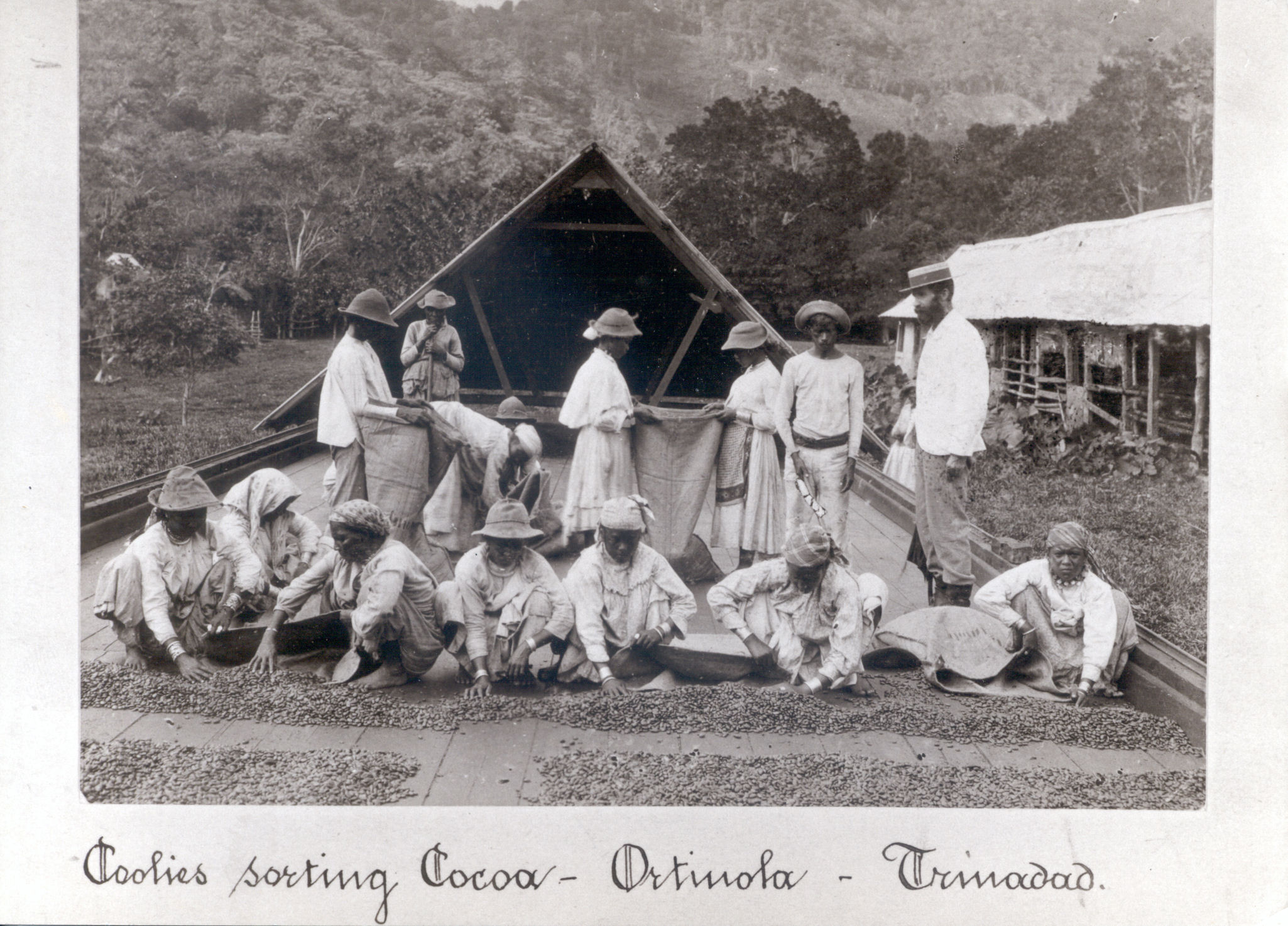








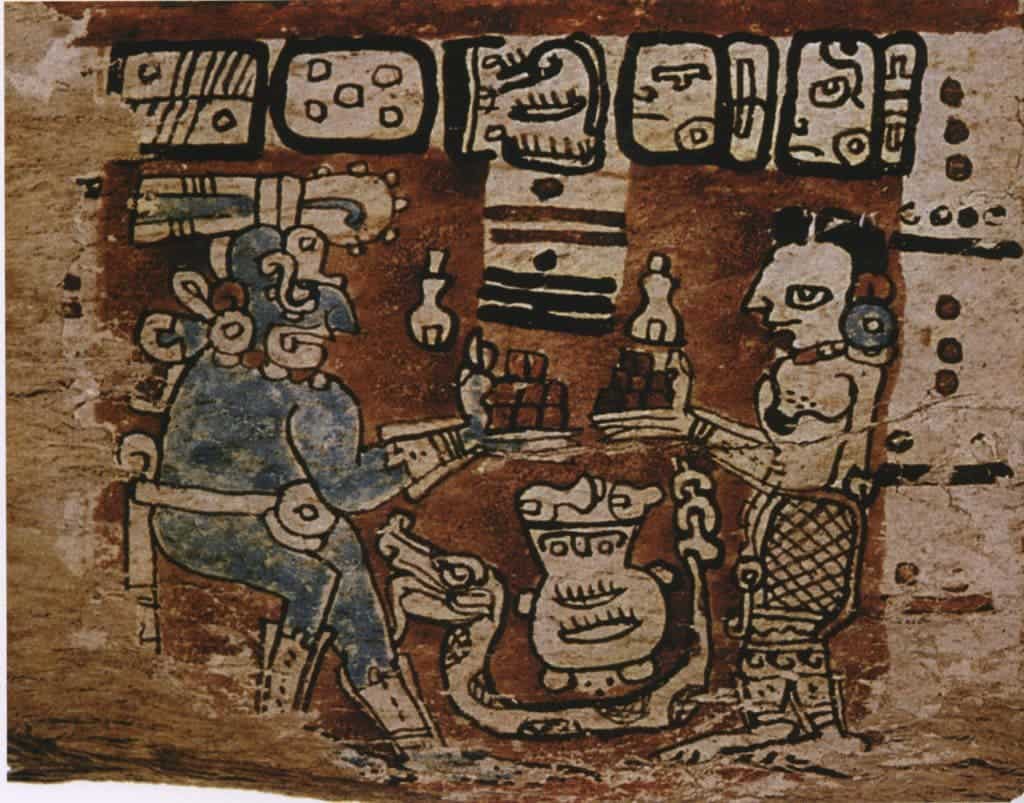
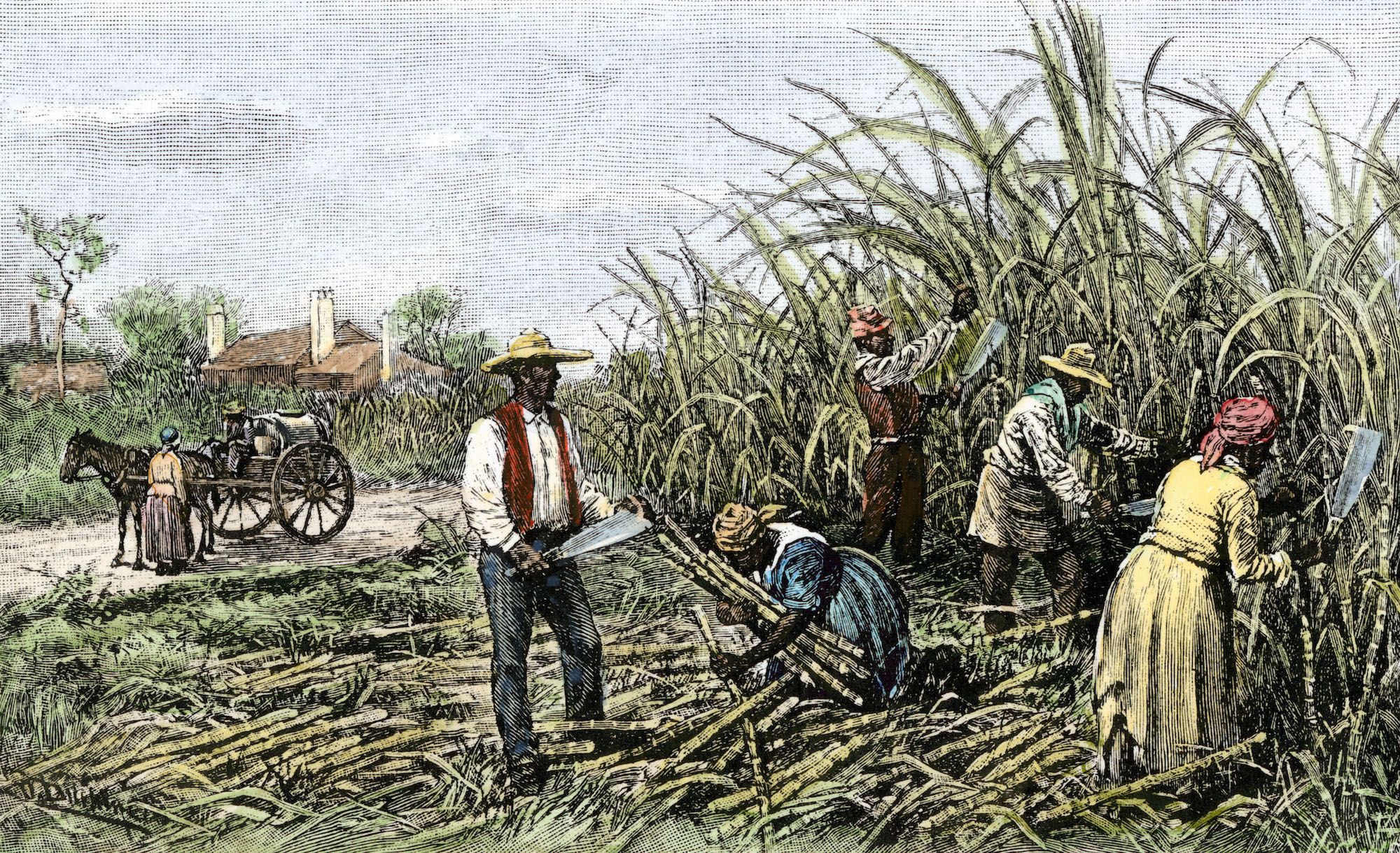






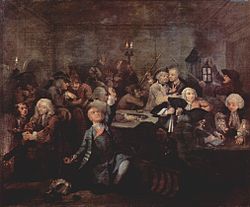



You must be logged in to post a comment.